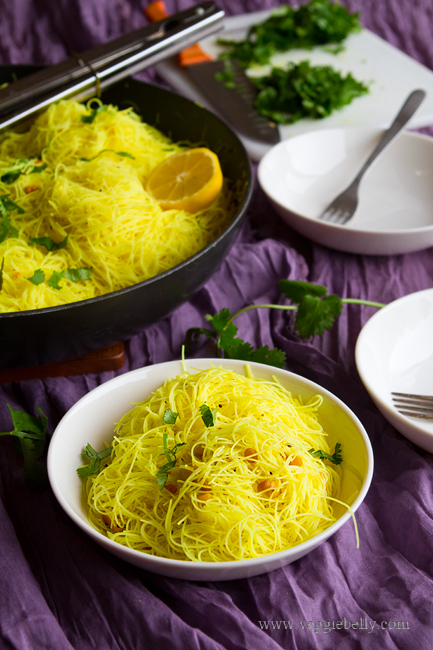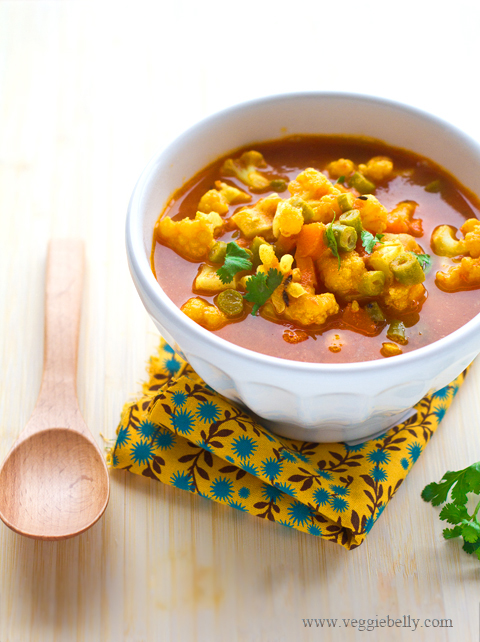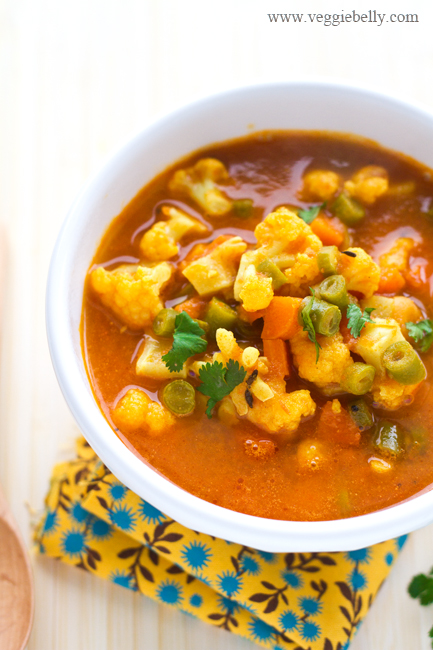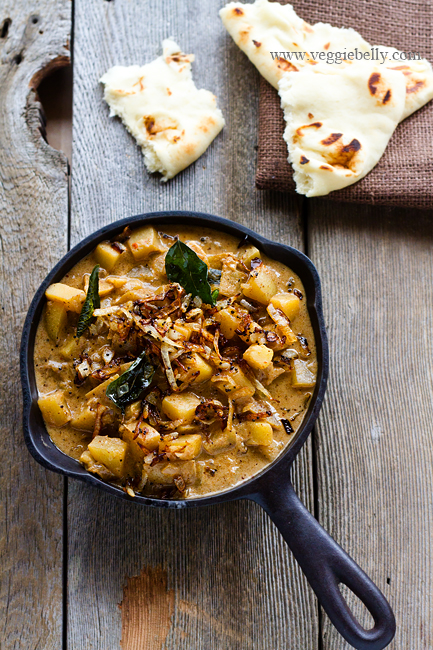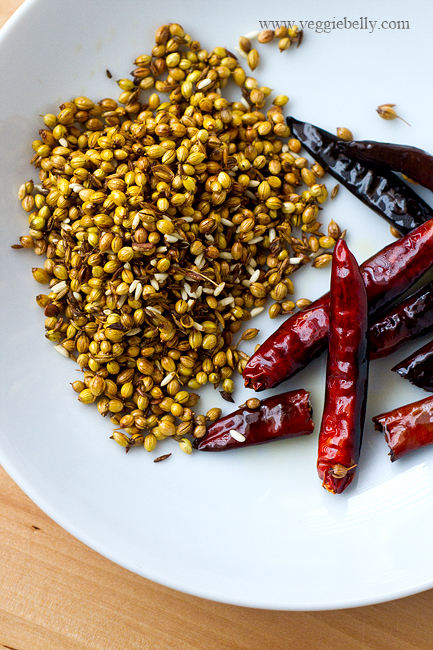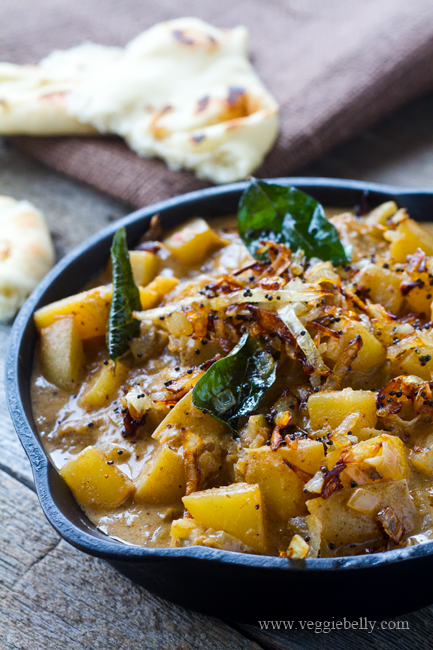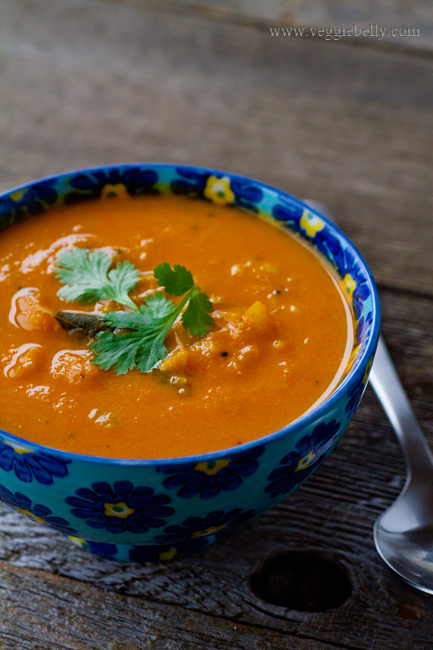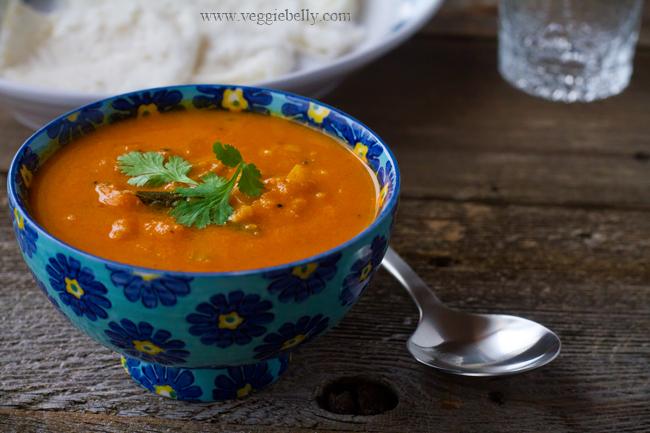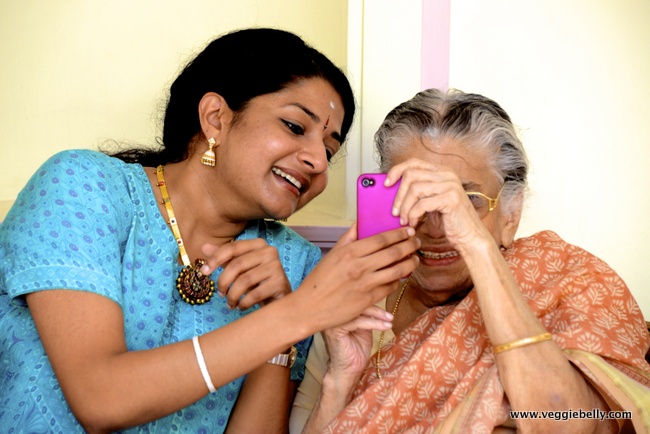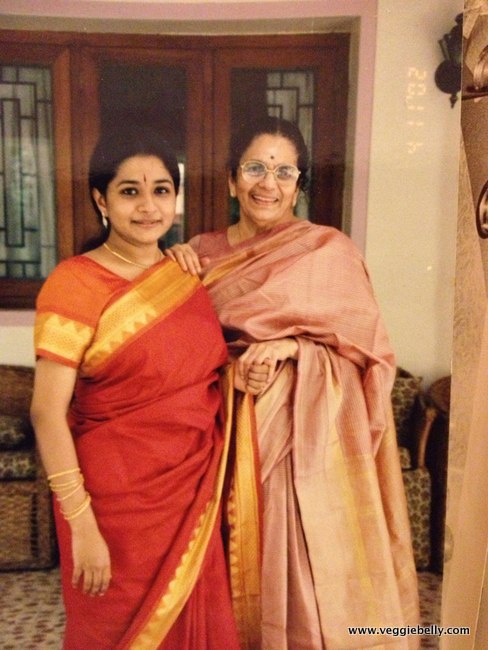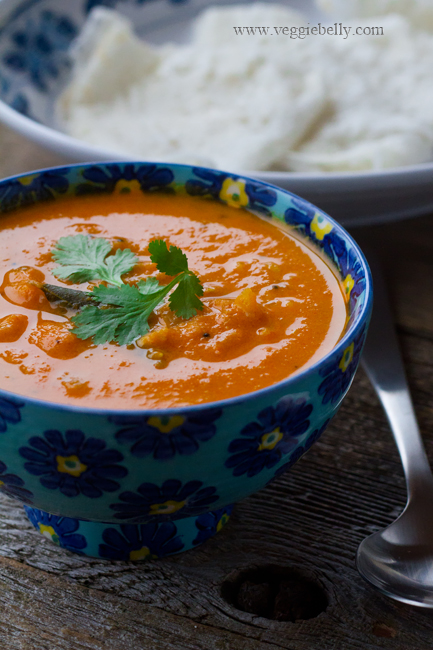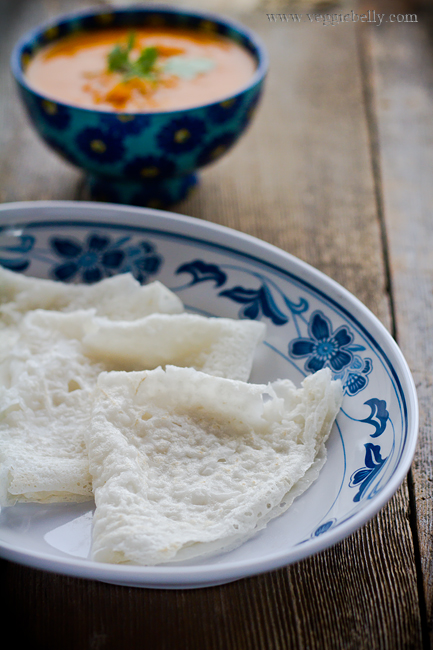
Neer dosa is a savory rice and coconut crepe from southern India. I first had neer dosa when my mother’s best friend Jayanthi Aunty, took me to Mathsya, an Udipi style restaurant in Chennai, India. She insisted I get these delicate, coconutty dosas. But I was hesitant at first. I like my dosas big, golden and crisp. These were quite the opposite – soft and delicate. But still, I let Jayanthi Aunty order neer dosas for me. Now, I’m usually super picky and particular about what I order in restaurants. But with Jayanthi Aunty, its different. I trust her. She’s known me since childhood, and knows what I like and don’t like. Besides, she has impeccable taste in everything from clothes to jewelry to furniture to food. So I wasn’t surprised when the neer dosas arrived. They were fluffy, soft and melt-in-your-mouth delicious.
Thankyou, Jayanthi Aunty for making me get that very first neer dosa. It was love at first site!
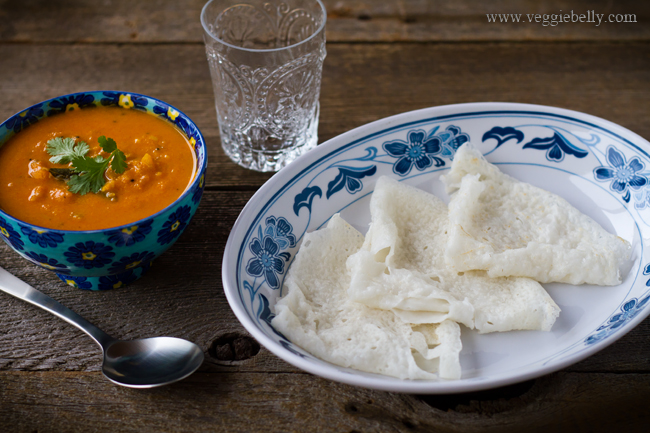
After I had my first neer dosa, I set out to perfect the making of neer dosa at home. I don’t live in Chennai, and can’t go to Mathsya for my neer dosa. So I had to figure this out at home. I’ve arrived at this recipe after a lot of trial and error, and I have to say its fabulous. I’ve now been making this neer dosa recipe at home at least once a week!
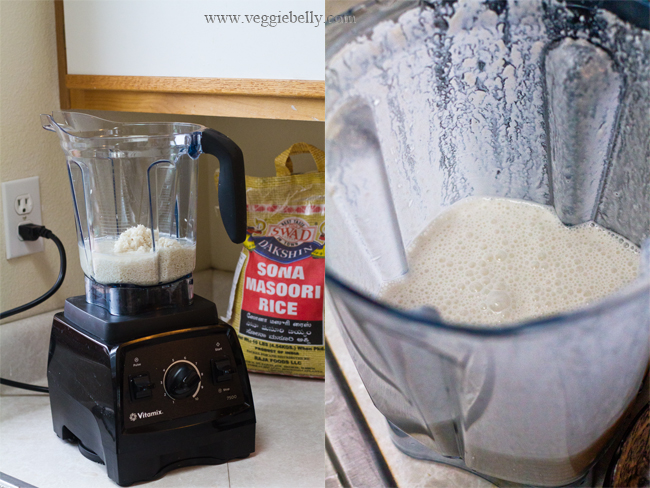
Like all dosa and idli batter, you need a good solid grinder. In my kitchen thats either my Ultra wet grinder or my Vitamix. For this recipe I used the Vitamix. Its easier to clean up after you are done blending and the Vitamix can easily grind the neer dosa batter to the super fine consistency that is key. Don’t have a Vitamix or similar powerful blender? I am giving away a Vitamix to one lucky Veggie Belly reader! Go to this post to enter for a chance to win!
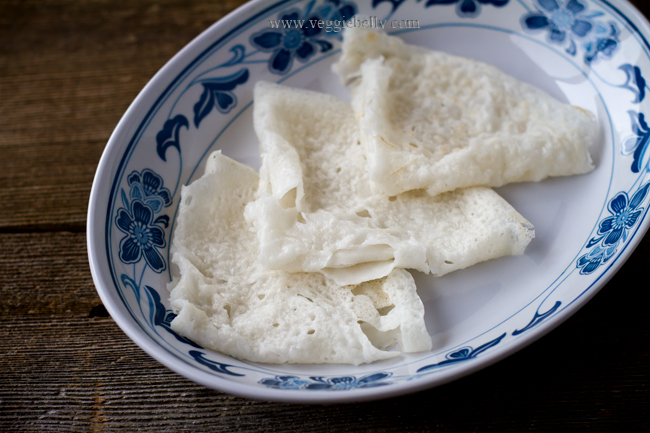
Tips for the perfect Neer Dosa
- Consistency. Batter consistency is important. The batter must be a little thicker than whole milk. Also, grind the batter very finely. If you dip your thumb and index fingers in the batter and rub them together you should feel no grit or grain.
- Hot skillet. Your skillet must be very hot before you pour the batter over it. Sprinkle a few drops of water on your skillet. If the water sizzles and bubbles away within 5 seconds, your skillet is hot enough. A hot skillet is also what makes the holes form in the dosa and makes it lace-like.
- Work quickly. Because you are working with a hot skillet, you must pour and spread the batter very quickly so that a perfectly round dosa forms. The whole process of pouring the batter and swirling the pan so the batter coast it, should take about 10 seconds.
- Practice. Watch the video I’ve included below and practise making a few dosas, you will be an expert in no time.
http://youtu.be/Q8USFqvi9hQ
Neer Dosa Troubleshooting
Neer Dosa sticks to the pan – Your batter might be too thin or too cold. If the batter is too thin, you will have to start over. The ideal consistency of batter is slightly thicker than whole milk. If you are using refrigerated batter, let it come to room temperature first; cold batter will stick to the pan. An under seasoned pan will also make neer dosas stick. Usually the first 2 dosa will stick, and then they will start to come off the pan easily as the pan gets seasoned. A non-stick pan always helps.
Neer Dosas are cracking – Soak the rice longer if dosas are cracking. Adding a little extra cooked rice (1 tablespoon extra cooked rice per cup on raw rice soaked) to the batter will also help bind the batter and prevent neer dosas from cracking.
Neer dosas batter doesn’t coat the pan well – If your batter is too thick, it may not move around the skillet and coat it well to form a proper round. Dilute the batter with water till it is slightly thicker than whole milk. Cold batter also won’t glide and coat the pan, so make sure the batter is at room temperature.
Neer dosas are too brown – Your pan is either too hot or you’ve used too much coconut. But browned neer dosas are still tasty!
Neer Dosa Recipe
makes 16 eight inch dosas
Ingredients
1 cup sona masoori, or any other short grain raw rice
1/4th cup fresh grated or frozen coconut*
1 tablespoon cooked rice, optional
1/2 teaspoon salt
Vegetable oil
*You can vary the coconut quality according to taste. Use as little as 2 tablespoons and up to 1/3rd cup.
Method
1. Soak the rice in plenty of water for at least 4 hours and upto 8 hours (over night). Then drain the water.
2. Place the soaked rice, grated coconut, cooked rice if using, and 1 cup water in a Vitamix or similar powerful blender. Blend on medium speed for about 1 minute. Then crank up the speed to medium high and blend till the batter is very smooth, without grains or grit. If the batter gets hot during blending, throw in one or two ice cubes.
3. Add 1 more cup of water and salt and blend for a few seconds. The batter should be a little thicker than whole milk. If its too thick, add water to dilute it. You should have approximately 4 cups of batter.
4. Let the batter rest, covered for 1 hour. This is optional. You can also use the batter right away.
5. Heat an 8 inch non stick skillet on high heat. When you sprinkle a few drops of water on the skillet, it should bead up and sizzle away in under 6 seconds.
6. Dip a wad of paper towel in oil, and wipe the skillet. This will season the skillet.
6. Mix the batter well, and keep it near you. Pour 1/4th cup of batter into the center of the skillet. Immediately, shake back and forth and swirl the skillet so that the batter coats the bottom of the skillet completely and holes start to form on the surface. (See video above)
7. Drizzle a few drops of oil around the dosa. (If you are using a good non stick skillet, you can get away with not using any oil at all if you wish).
8. Now cover the skillet, reduce heat to medium and cook for about 30 seconds. The neer dosas should not brown. Remove lid, and cook another 30 seconds or till the dosas are no longer liquidy, come off the skillet easily and are still fairly white in color.
9. Fold the dosa into a semi circle and then again in half to form a triangle.
10. Bring the pan back up to high heat, and repeat for the remaining batter.
11. Serve neer dosas with chutney, podi or crushed jaggery

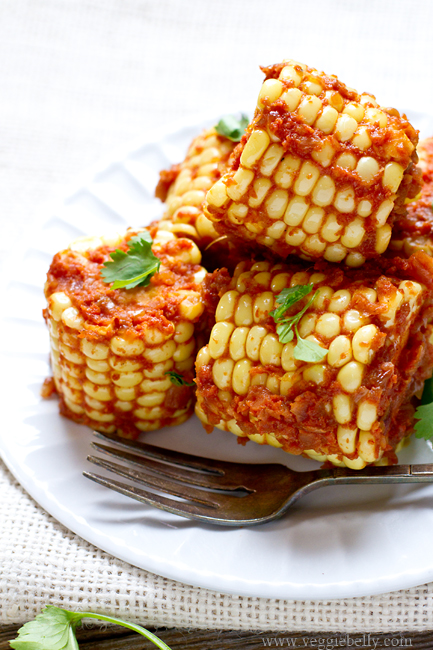
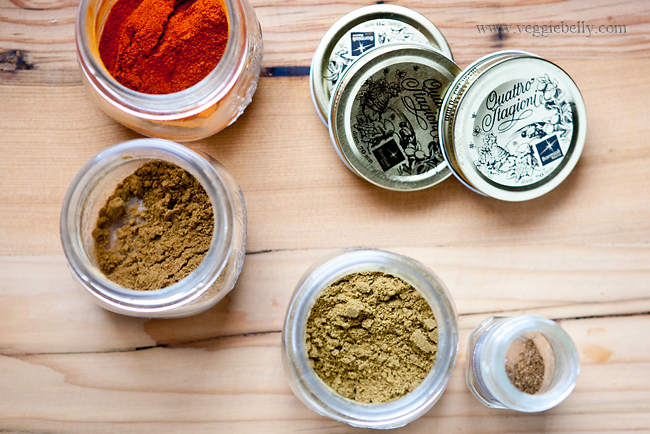
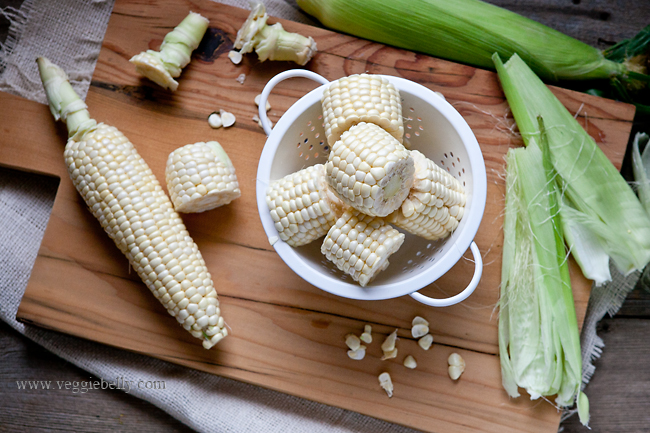 Use a sharp knife to cut the corn cobs into chunks, and be very careful that the corn cob doesn’t slip when you are cutting it. I like to cut it into large chunks. But if you prefer smaller corn cob chunks, go ahead and cut it smaller. But however you cut it, this corn cob masala is best eaten with your hands!
Use a sharp knife to cut the corn cobs into chunks, and be very careful that the corn cob doesn’t slip when you are cutting it. I like to cut it into large chunks. But if you prefer smaller corn cob chunks, go ahead and cut it smaller. But however you cut it, this corn cob masala is best eaten with your hands!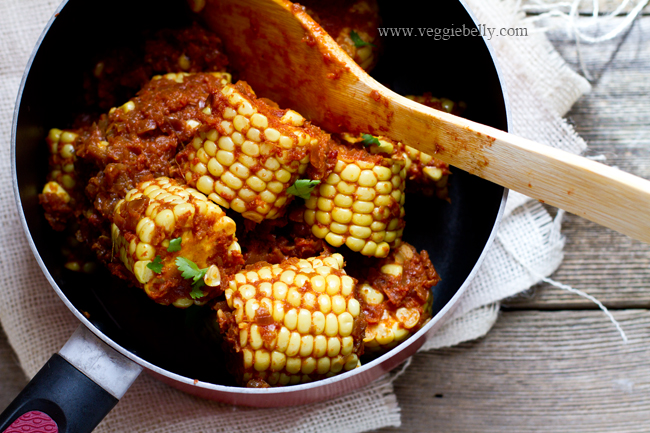 Serve this masala corn cob as an accompaniment to an Indian meal.
Serve this masala corn cob as an accompaniment to an Indian meal.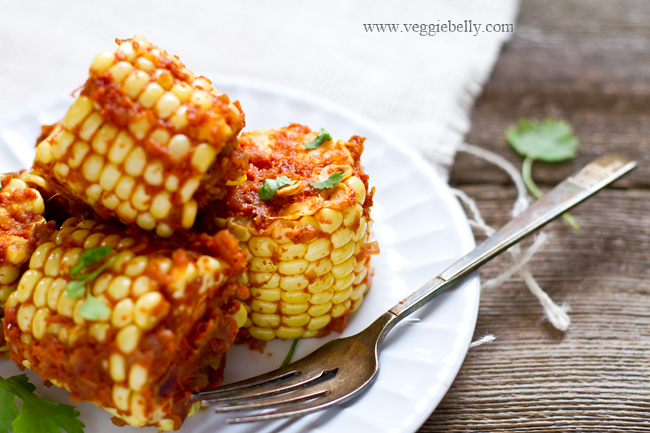

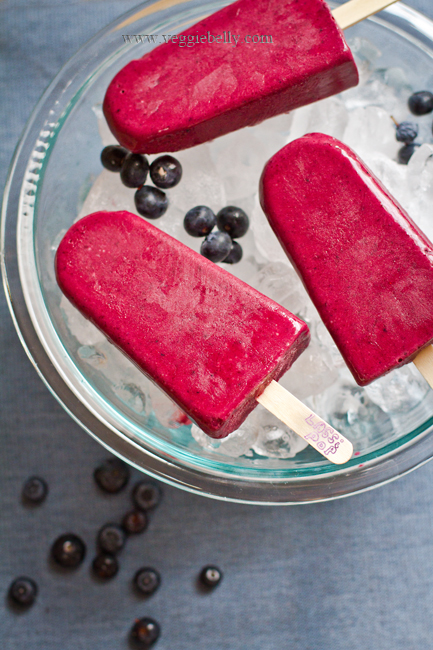
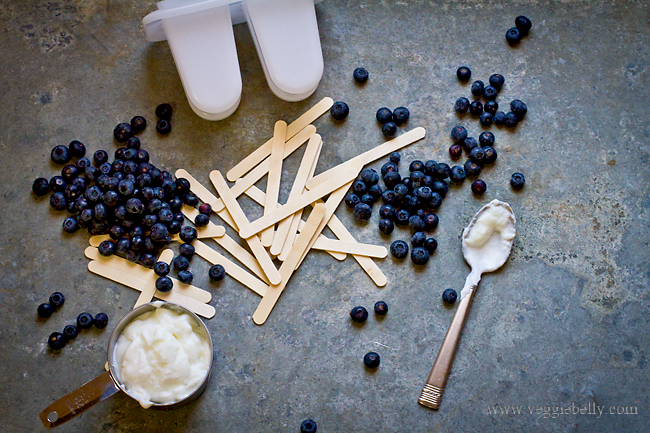
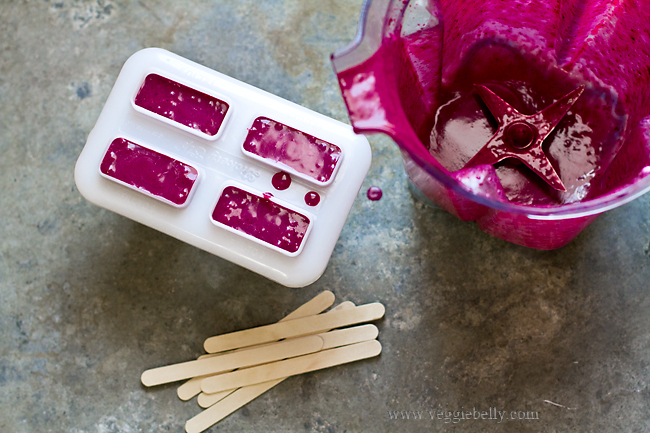
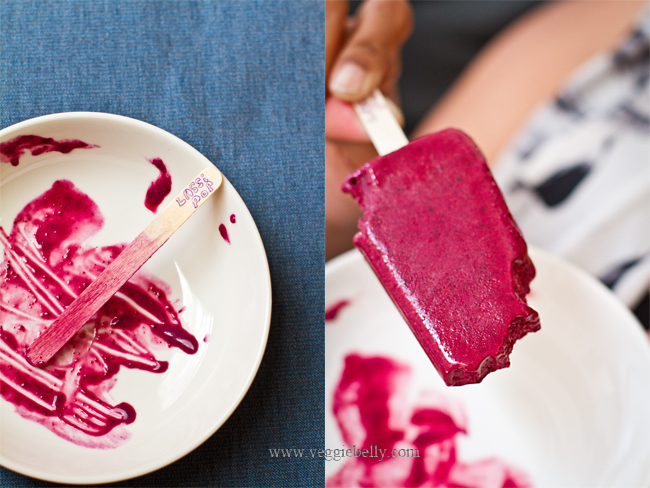
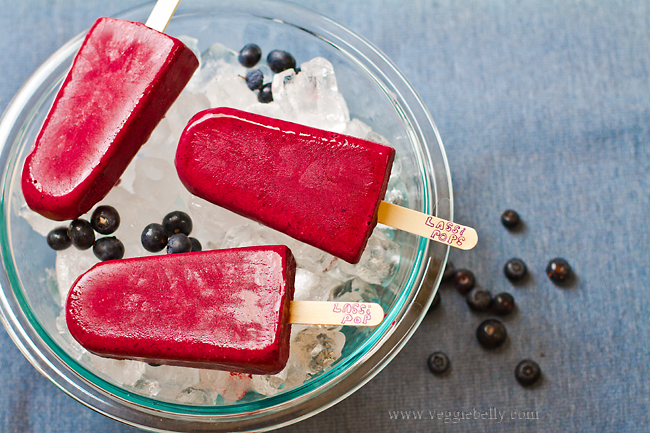
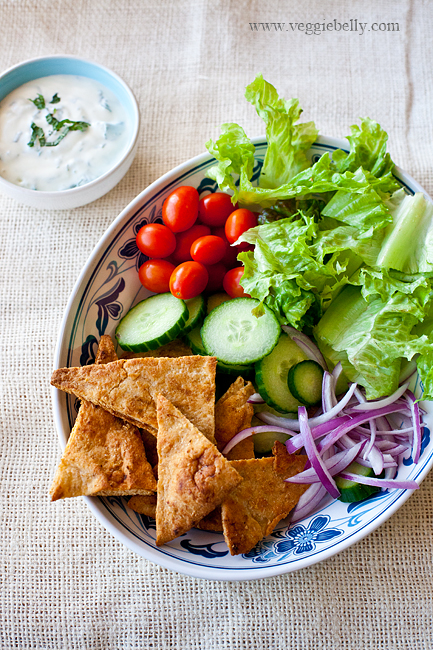
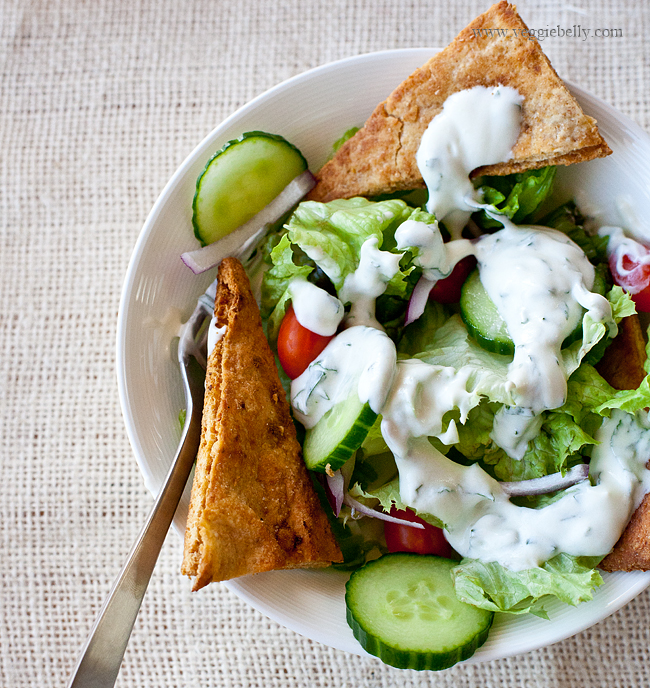
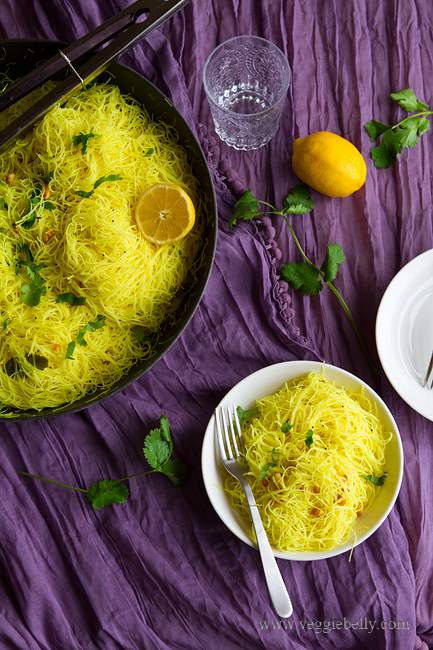 I love rice noodles in any form and this lemony rice noodles recipe is one of my quick and easy favorites. In India we make a similar dish using fresh string hoppers (rice noodles) called lemon idiappam. I use store bought dry rice noodles (also called rice sticks or rice vermicelli) as a shortcut. The rice noodles only need a quick soaking in hot water. And while the noodles are soaking you can prepare the tadka (tempered spices). So you can make this dish in just 10 minutes.
I love rice noodles in any form and this lemony rice noodles recipe is one of my quick and easy favorites. In India we make a similar dish using fresh string hoppers (rice noodles) called lemon idiappam. I use store bought dry rice noodles (also called rice sticks or rice vermicelli) as a shortcut. The rice noodles only need a quick soaking in hot water. And while the noodles are soaking you can prepare the tadka (tempered spices). So you can make this dish in just 10 minutes.
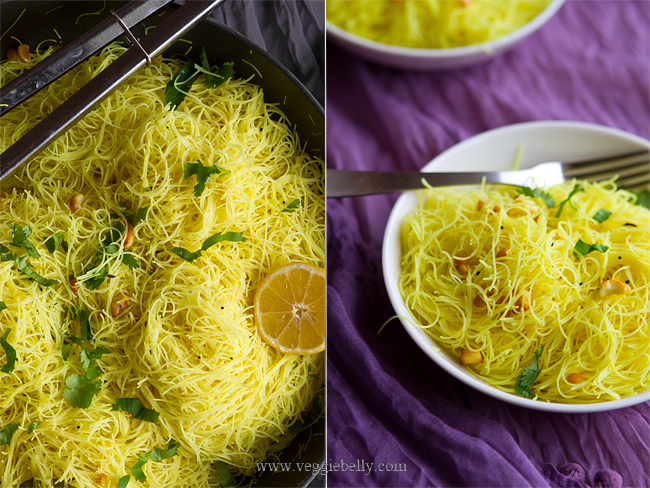 The seasoning for these lemon rice noodles is simple and easy. Its the standard Indian “tadka” – a tempering of whole spices in oil. I then add freshly squeezed lemon juice and turmeric to the tadka before throwing in the rice noodles.
The seasoning for these lemon rice noodles is simple and easy. Its the standard Indian “tadka” – a tempering of whole spices in oil. I then add freshly squeezed lemon juice and turmeric to the tadka before throwing in the rice noodles.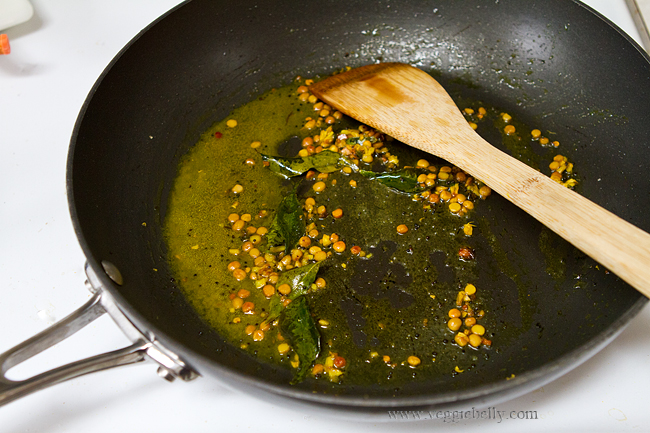 This is a crowd pleasing recipe, easy to make, and keeps well so you can take it for pot lucks and picnics. Kids will also love it. Serve it with a simple coconut chutney,
This is a crowd pleasing recipe, easy to make, and keeps well so you can take it for pot lucks and picnics. Kids will also love it. Serve it with a simple coconut chutney, 